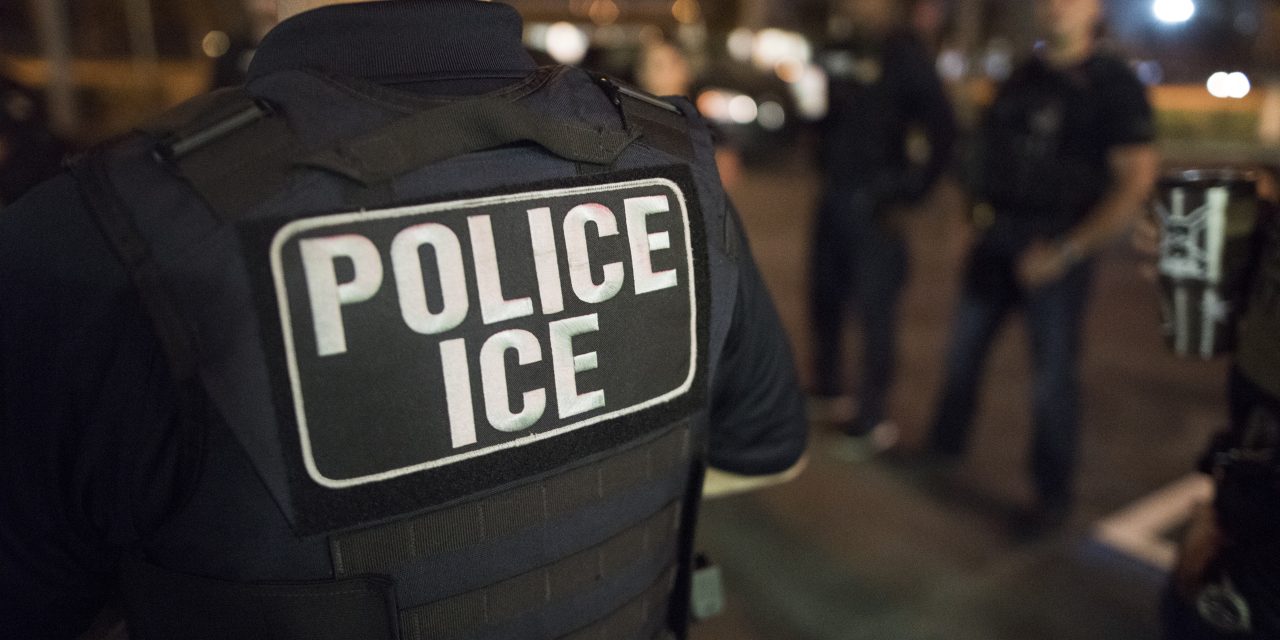In the final run up to the presidential election, the Trump administration has reinvigorated its attacks on undocumented immigrants in the United States by targeting so-called “sanctuary” policies and jurisdictions.
These attacks have come in two forms. U.S. Immigration and Customs Enforcement (ICE) officials started to issue fines against undocumented immigrants who have sought “sanctuary” in U.S. churches.
In a somewhat different vein, ICE has also singled out so-called sanctuary jurisdictions for immigration enforcement actions.
Both tactics are part of a concerted effort by the administration to demonize undocumented immigrants. The agency aims to portray them as a threat to public safety despite an abundance of evidence to the contrary.
Immigrant rights groups recently released documents that show that ICE officials plan to levy massive civil fines against undocumented immigrants. ICE uses the fines to retaliate against outspoken leaders of the sanctuary movement.
Undocumented immigrants in the United States request refuge (or “sanctuary”) in churches or other houses of worship to avoid deportation. To date, nine people who have taken sanctuary in this manner, were targeted by ICE for fines of up to $500,000 each.
The agency rescinded the most recent fines after public outcry, though it has been collecting such fines since the beginning of Trump’s presidency.
ICE has also taken aim at state and local governments that enact sanctuary policies to limit their cooperation with federal immigration authorities. The agency has launched large-scale immigration enforcement actions in these jurisdictions.
For instance, ICE officials announced that the agency arrested 128 immigrants in the Los Angeles, San Diego, and San Francisco metropolitan areas between September 28 and October 2.
Similarly, a total of 172 immigrants were arrested in Baltimore, Denver, New York, Philadelphia, Seattle, and Washington, DC between October 3 and October 9.
The Trump administration also has put up billboards in six locations in Pennsylvania that feature mugshots of and charges against immigrants who, according to ICE, “were previously arrested or convicted of crimes in the United States and released” as a result of sanctuary policies.
In defending the controversial decision to use billboards, an ICE official said that sanctuary policies limiting local cooperation with the agency often “result in significant public safety concerns.”
This claim flies in the face of recent research published by the National Academy of Sciences. The research—which analyzed FBI crime data and ICE deportation data—found that the implementation of sanctuary policies between 2010 and 2015 did not affect crime rates in jurisdictions or result in fewer people with violent convictions being deported.
The number of people without criminal convictions who were deported was significantly reduced in sanctuary jurisdictions, but those with convictions for violent crimes were in no way shielded. The study concludes that sanctuary policies “do not threaten public safety.”
There is no single, universal definition of what constitutes a “sanctuary” policy. These policies come in many forms and may include:
- Policies restricting the ability of state and local police to make arrests for federal immigration violations, or to detain individuals on civil immigration warrants.
- Policies prohibiting “287(g)” agreements through which ICE deputizes local law enforcement officers to enforce federal immigration law.
- Policies that prevent local governments from entering into a contract with the federal government to hold immigrants in detention.
- Policies restricting the police or other city workers from asking about immigration status.
- Policies restricting the sharing of certain information on immigrants with the federal government.
- Policies refusing to allow ICE into local jails without a judicial warrant.
There are many reasons jurisdictions adopt sanctuary policies. Such policies allow immigrants to work with police in reporting and investigating crimes without fear of deportation.
Sanctuary policies also allow state and local governments to prioritize the use of their limited law enforcement resources.
Contrary to the claims of the Trump administration, sanctuary policies enhance public safety in the communities where they are implemented. These communities should be applauded—and not face punitive punishments—for putting the safety of all their residents first.
FILED UNDER: Immigration and Customs Enforcement, Sanctuary Cities


